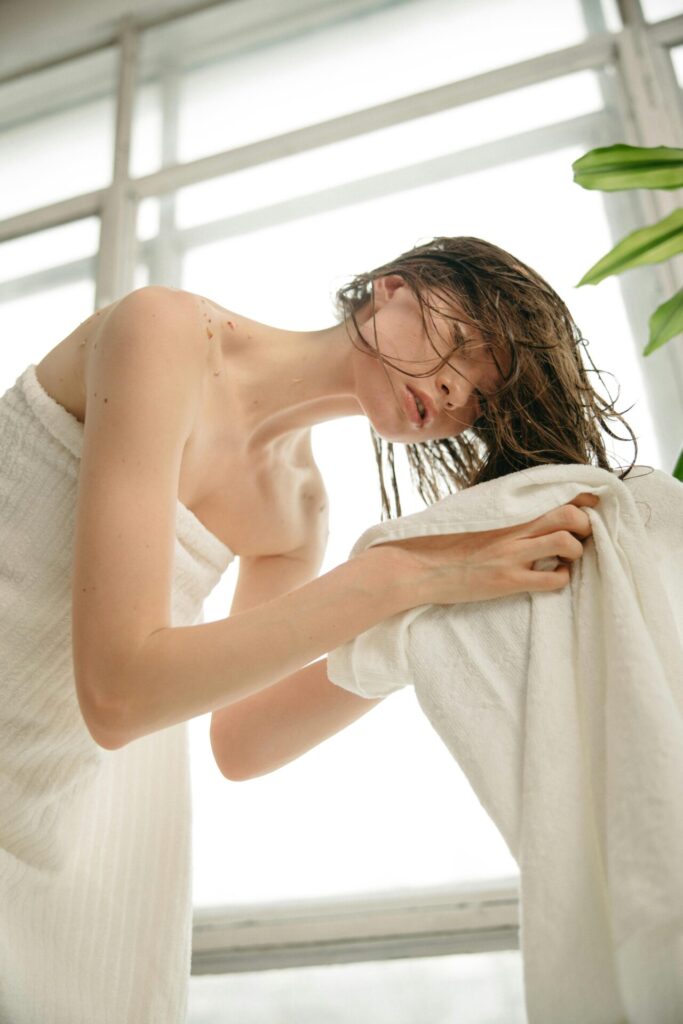How to Clean a Hairbrush
Did you know that using a dirty hairbrush can actually make your hair dirtier than before you brushed it? Hair stylists recommend cleaning your brush at least once a fortnight, yet most of us go months without giving our trusty bristles a proper wash.

If you've been wondering why your hair feels less fresh or your styling products seem less effective, the culprit might be lurking right in your brush barrel.
Why Clean Brushes Matter More Than You Think
Your hairbrush is essentially a magnet for everything you don't want back in your hair: dead skin cells, natural oils, styling product residue, and environmental pollutants. When you run a dirty brush through your tresses, you're essentially redistributing this cocktail of grime back onto your freshly washed locks.
Professional trichologist Anabel Kingsley puts it perfectly: "If we use a dirty brush to comb or style our hair, we'll be transferring dirt back onto our strands and scalp". Think of it like washing your face with a dirty flannel – counterproductive and rather grim when you really consider it.
The Complete Brush Cleaning Method
Step 1: Remove All Hair
Start by extracting every strand caught in your brush. Use your fingers, a rat-tail comb, or even scissors for stubborn tangles. Professional stylists recommend a raking motion from the base of the bristles upwards.

Do this over a bin – you'll be surprised by the amount of debris that falls out alongside the hair.
Step 2: Prepare Your Cleaning Solution
Fill a bowl or sink with warm water and add a few drops of gentle shampoo. For extra cleaning power, mix in one to two teaspoons of baking soda, which acts as a natural disinfectant. The warm water will do most of the heavy lifting, breaking down oils and product buildup.
Step 3: Soak Strategically
Plastic brushes can be fully submerged for 3-5 minutes. However, if your brush has a padded base or wooden components, only dip the bristles to avoid water damage.

Wooden brushes should never be fully soaked as this can damage the wood and compromise the brush structure.
Step 4: Scrub Away Stubborn Buildup
For brushes that see heavy product use, an old toothbrush becomes your best friend. Scrub each bristle from base to tip, paying special attention to the brush base where residue loves to hide. This step ensures you're getting between every bristle for a truly thorough clean.
Step 5: Rinse and Dry Properly
Rinse thoroughly under cool running water to remove all soap residue. For paddle brushes, gently squeeze the cushioned base to expel trapped water.

Always dry bristles-down on a clean towel to allow proper drainage and prevent bacterial growth.
Professional Cleaning Schedule
Weekly maintenance involves simply removing trapped hair after each use. For deep cleaning, aim for every two to four weeks, or more frequently if you use heavy styling products or have an oily scalp.
Salon professionals clean their brushes between every client, which speaks volumes about the importance of brush hygiene in maintaining hair health.
Special Brush Considerations
Natural bristle brushes (boar hair or bamboo) require gentler treatment with milder detergents and more frequent cleaning. Synthetic brushes are more robust and can handle stronger cleaning solutions.
If you share brushes, consider occasional disinfection with diluted Barbicide solution, following the manufacturer's mixing ratios.
Ready to give your hair the fresh start it deserves? Our award-winning stylists at Gusto Hairdressing understand that healthy hair begins with proper care techniques, from brush hygiene to personalised styling. Book your consultation today and discover the difference professional expertise makes.
